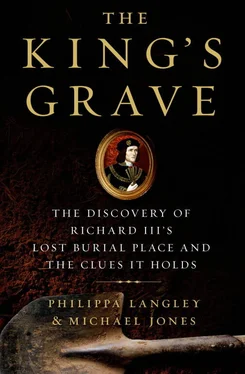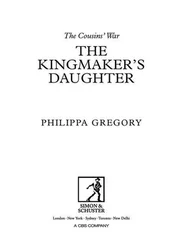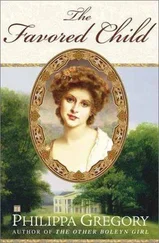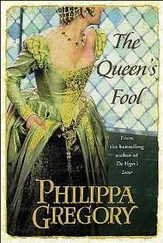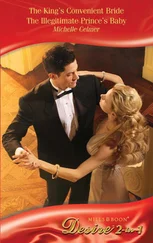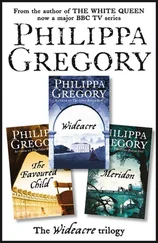The agreement also made it clear that as named custodian of the remains after identification, I would take Richard to a Catholic place of sanctity and rest where he would be prepared for his reburial in the (Anglican) cathedral. It was important that this should be in a spiritual environment and the king’s faith taken into consideration if he were finally to be laid to rest.
Everything appeared to be going well but there was a clock ticking. I had commissioned a GPR survey from Stratascan to cover the three car parks: New Street, the Social Services and, crucially, the former grammar school site, which was immediately adjacent to the Social Services. But the former grammar school was up for sale for redevelopment. A new owner might not give us permission to dig, yet if John Ashdown-Hill’s research (and my intuition) and Richard Buckley’s maps were correct, it could be critical to the success of the project. Buckley told me to take heart. In a recession there might not be a developer interested in buying the grammar school.
I asked Buckley about the potential of the GPR survey. Having previously undertaken three on city centre sites, he was sceptical, since all had proved inconclusive and failed to reveal any structures that later digging had uncovered. In this case, however, with it being virgin ground, he felt it might be worth a go. However, he warned me that the church might be in the south of the precinct, and if this were the case it would be game over for my search because the south was heavily developed, which meant that King Richard’s grave would be under a building. The cost of the survey (just over £5,000) would be met by the Richard III Society and founding members of the Looking for Richard project.
On Sunday, 28 August 2011 Stratascan began the GPR survey, using a powerful MIRA scanner. Annette Carson, an international award-winning copywriter as well as a biographer, had helped put together a short promotional script for DSP to film. She understood that the prospect of major media attention might keep the local authorities on board in difficult times. Richard Buckley, Phil Stone and John Ashdown-Hill (back briefly in the UK) were to be interviewed along with Carson, whom, at last, I finally met. Also coming along were local Richard III Society members Sally Henshaw, secretary of the Leicestershire Branch, and Richard Smith, their chairman, who had both been helping the project with research. Giving up his time on the bank holiday weekend too was Assistant Mayor, Councillor Ted Cassidy, representing LCC in Sir Peter Soulsby’s absence and who spoke powerfully to camera. With filming under way, the assembled team asked why I was so determined to search for Richard’s grave. I pointed to the ‘R’ on the tarmac, and told them my story.
DSP were filming in the cathedral as I again met the Reverend Faull, together with Dr John Ashdown-Hill. The dean repeated her view that the tomb would be best situated in the sanctuary. Later, Dr David and Wendy Johnson showed her the first detailed computer-generated images (CGI) of the tomb design, its imagery of the boar, white rose of York and cross of St Cuthbert displaying what had been important to Richard, both as duke and king.
A few weeks later, Richard Buckley’s scepticism of the GPR survey proved justified. The results were inconclusive, and alarming. A layer of apparent ‘made’ ground, or demolition debris, close to the surface had skewed the results, or was hiding the archaeology beneath. We couldn’t see any walls, and only with my prompting could Stratascan identify two or three potential gravesites, none of which was in the northern end of the Social Services car park near my ‘R’. The survey was a disaster for the project. Channel 4 was wavering, which meant Martin Peters at LPL was too, with his budgets constrained in straitened times. By March 2012, without the guarantee of a TV documentary, and with deep regret, LPL pulled its funding. The Easter dig was cancelled.
Despite these setbacks, I couldn’t give up now. Sarah Levitt had offered us new dates in 2012: the August bank holiday weekend would work for LCC. Phil Stone, at the Richard III Society, told me to grab them, saying we couldn’t afford to lose another opportunity and we would make the new dates work. He offered to give £5,000 to kick-start the new funding round. Martin Peters was next. He said that, if we could guarantee a film for his website, LPL would put in up to £15,000, while Michael Johnson gave £500 from Leicester Adult Schools.
By the end of April 2012, I considered re-mortgaging my home. Phil Stone had confirmed that we were too late to launch an appeal in the society’s Ricardian Bulletin, so I rang Leicester University. After some negotiation, Richard Taylor agreed the university would put in £10,000, plus £2,000 VAT (if needed) and a further £2,000 if Richard III was found (to cover the cost of the coffin and pall). Now Richard Buckley and I worked to reduce the cost of the dig. Thanks to his carefully revised layout for the first two trenches, allowing for more parking during the dig, I managed to shave over £2,000 from the cost of the off-site parking for the Social Services staff. The August dig could go ahead without my desperate re-mortgaging plan. Sarah Levitt confirmed the deadline of 1 August for all monies to be paid into the ULAS account. Miss it, and the dig was over.
With a few weeks to go before the deadline, LPL gave us devastating news. Due to problems with their own funding, they could only put in £5,000. They would secure this funding, but I was £10,000 short. I trawled every local business and worthy to make up the shortfall. Martin Peters at LPL stepped in to help as did Martin Traynor, Group CEO of the Leicestershire Chamber of Commerce. It was a valiant effort, but in the worst recession in living memory local businesses could not see any investment potential in an archaeological dig; even one that was in search of a king. Further, the research grant I had hoped for from Leicester Archaeological and Historical Society was refused. The society said it couldn’t support an archaeological project in search of King Richard’s grave, citing the River Soar story as evidence of its likely outcome. At my request, John Ashdown-Hill put together a two-page document outlining his research repudiating the story, to no avail. The search for Richard would be cancelled. In desperation I called Phil Stone, who authorized an immediate appeal to the membership of the Richard III Society – worldwide. Annette Carson agreed to design and write a two-page International Appeal leaflet.
The appeal went out by email. Within moments, pledges of money were pouring in from the USA, Canada, Australia, New Zealand, Brazil, Germany, Austria, the Netherlands, Belgium and throughout the UK. Some who contacted me were out of work and struggling to feed their families but wanted to give what they could. The response was overwhelming, moving me to tears. In three weeks, the appeal raised just under £13,000 and gave the Looking for Richard project its mandate. The donors told us:
‘Search for him. Find him. Honour him.’
On 1 August 2012 all monies were paid into ULAS’s account (see full funding below).
Looking for Richard: In Search of a King – Two-Week Dig
| - |
£ |
% |
| Richard III Society and members |
17,367* |
52.84 |
| University of Leicester |
10,000 |
30.43 |
| Leicestershire Promotions Ltd |
5,000 |
15.21 |
| Leicester Adult Schools |
500 |
1.52 |
| Total |
32,867 |
100 |
* Includes £100 donation from the Society of Friends of Richard III in York, and donations from some members of the Richard III Foundation Inc.
Читать дальше
